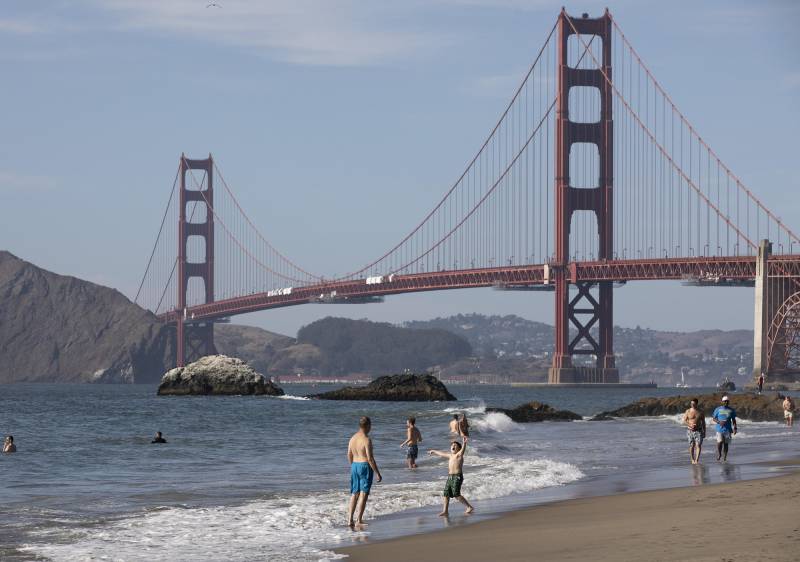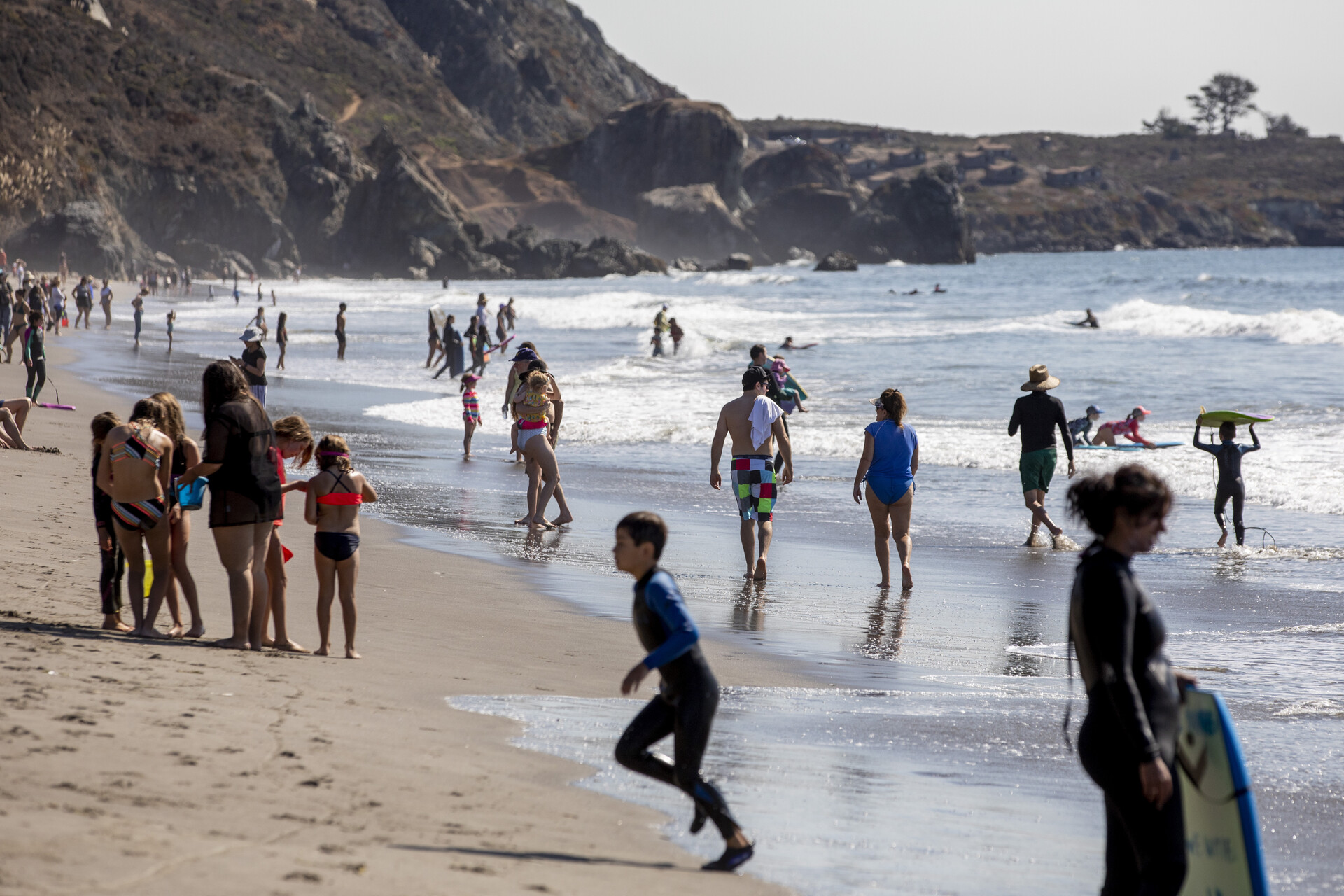An excessive heat warning is also in effect until 11 p.m. Wednesday for the North Bay Mountains, Santa Lucia Mountains, the Marin Coastal Range, Alameda County, Santa Clara County and Contra Costa County.
A heat advisory, which is less severe than an excessive heat warning, continues through 11 p.m. Wednesday for the Central Coast, portions of the North Bay valleys, San Benito County and Monterey Bay.
Daily high-temperature records were broken Monday in San Rafael, San José, Santa Rosa, Kentfield, Livermore and Redwood City. Similar areas could break daily records again Tuesday, and even Half Moon Bay could be added to the list as temperatures reach the 80s and 90s along the coast.
Flynn said an October heat wave isn’t abnormal, but human-caused climate change brought on by burning fossil fuels raises the average temperature. That played a part in San José, Livermore and Napa, which are all having their hottest summers on record this year, following a state and global trend.
A heat wave that pushes temperatures in San Francisco to 95 degrees, “if it happened a hundred years ago, it would probably only be something like 92 degrees,” Flynn said. “It’s not that the heat wave wouldn’t have happened. We would still have heat waves. It’s just that everything is a little bit warmer now.”


